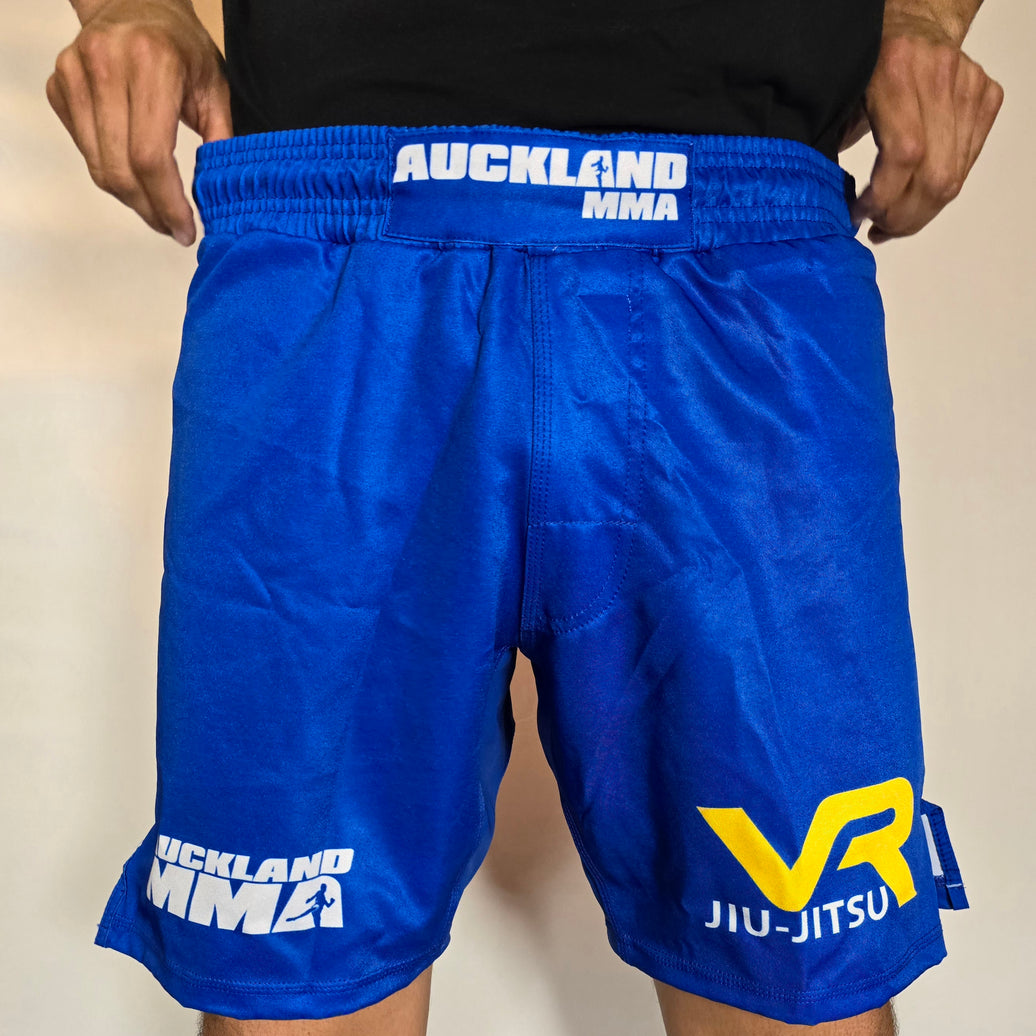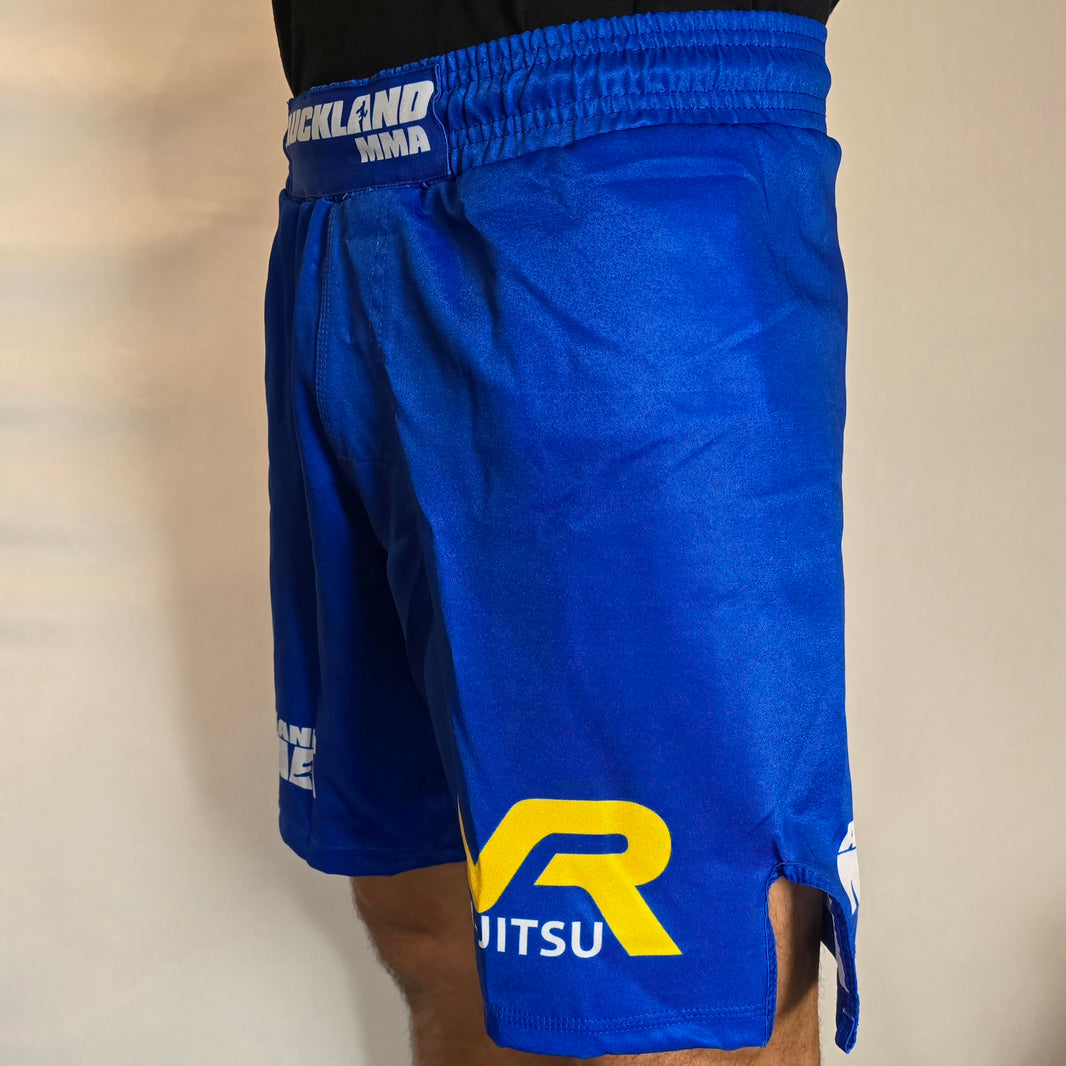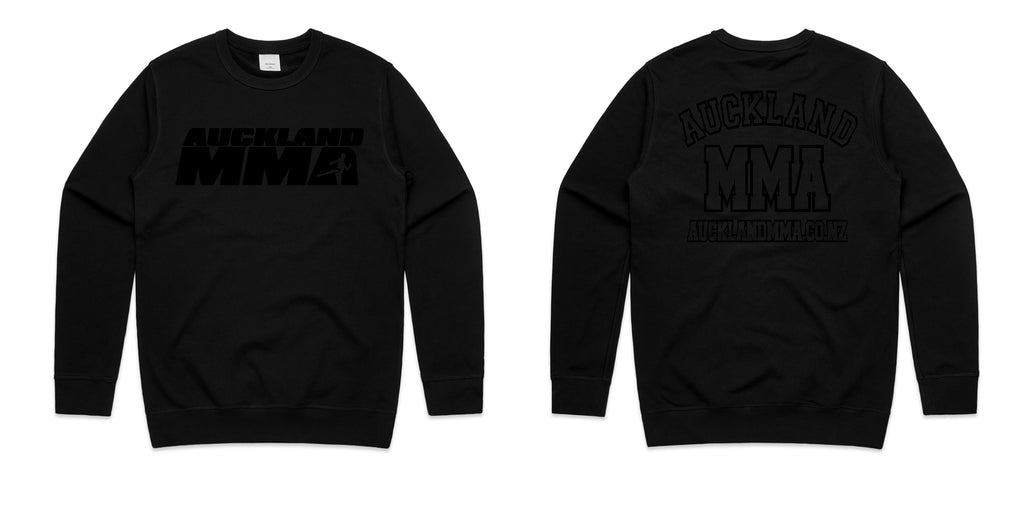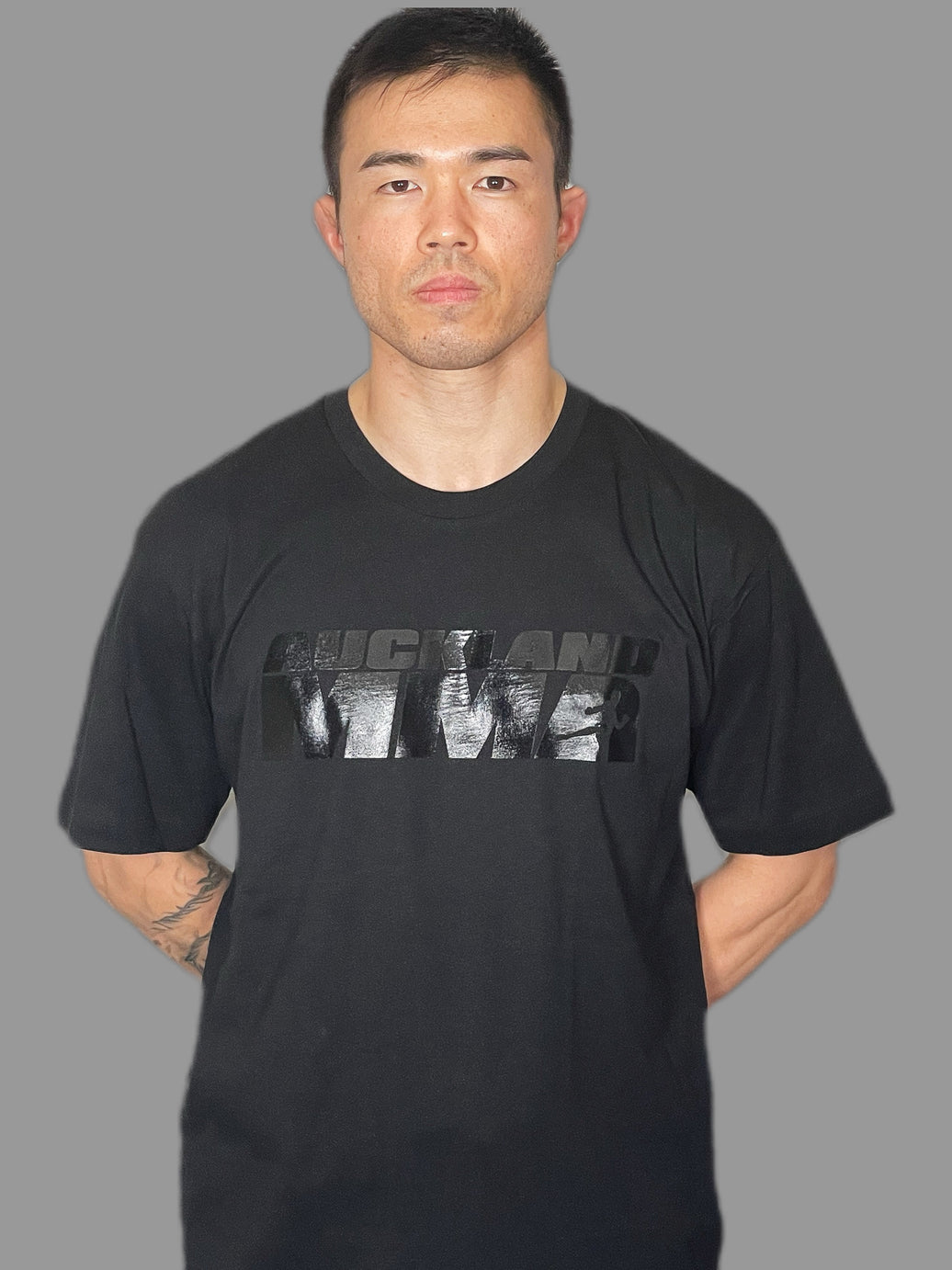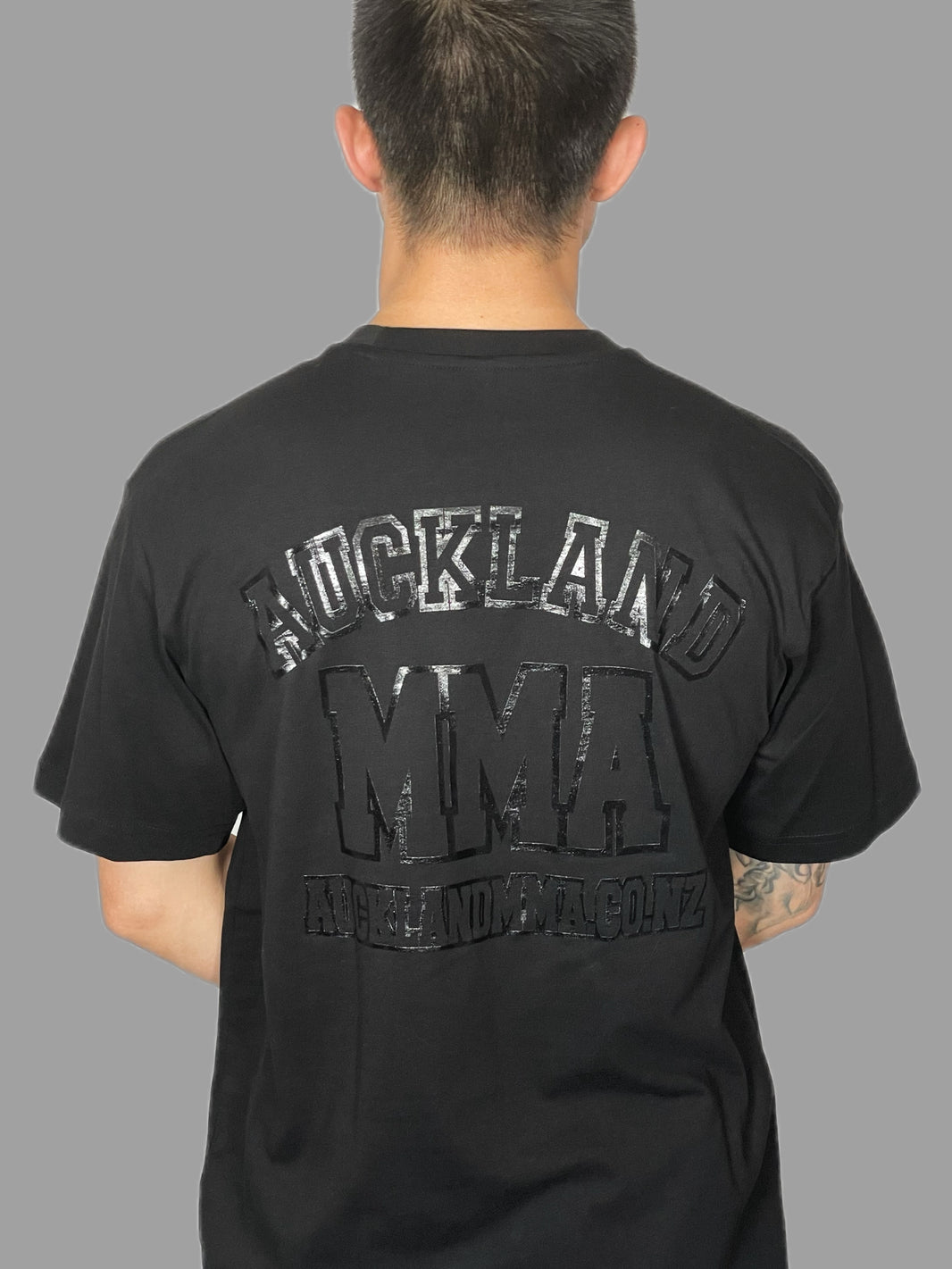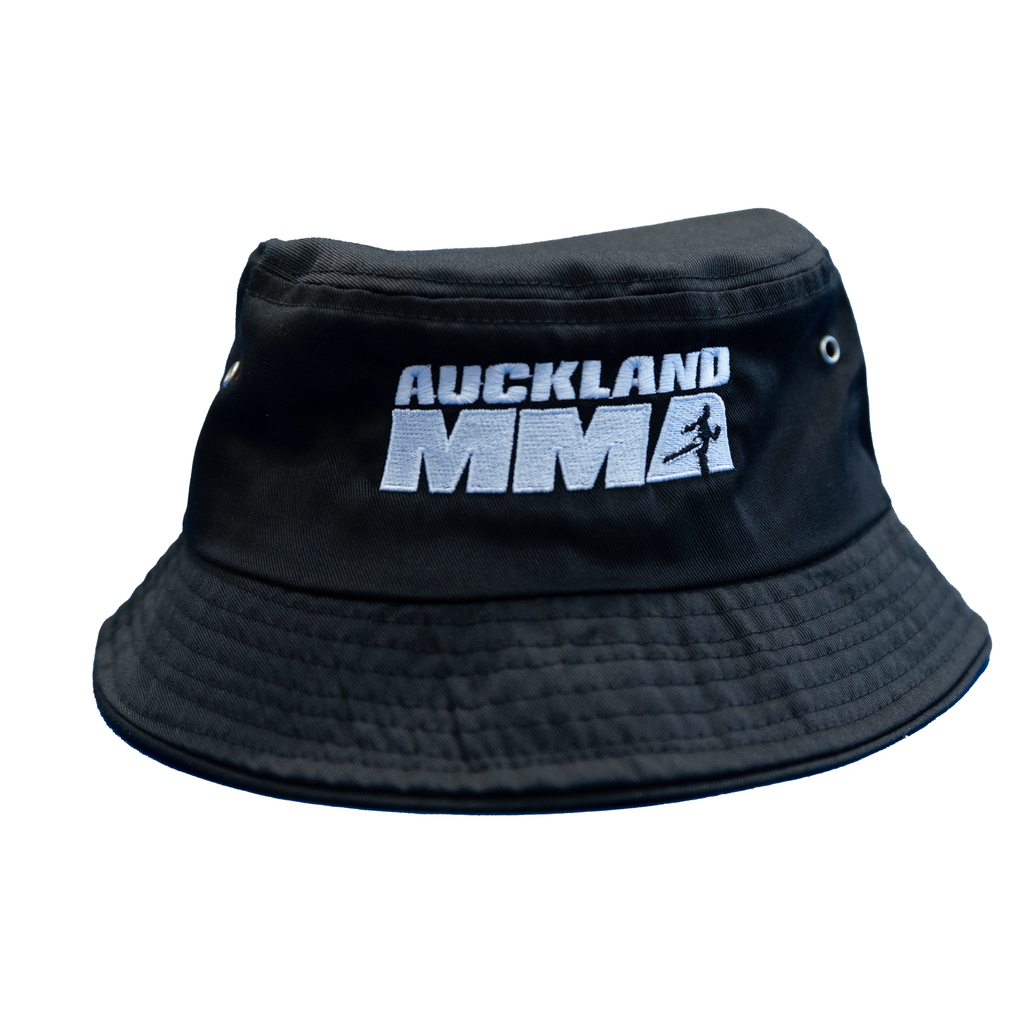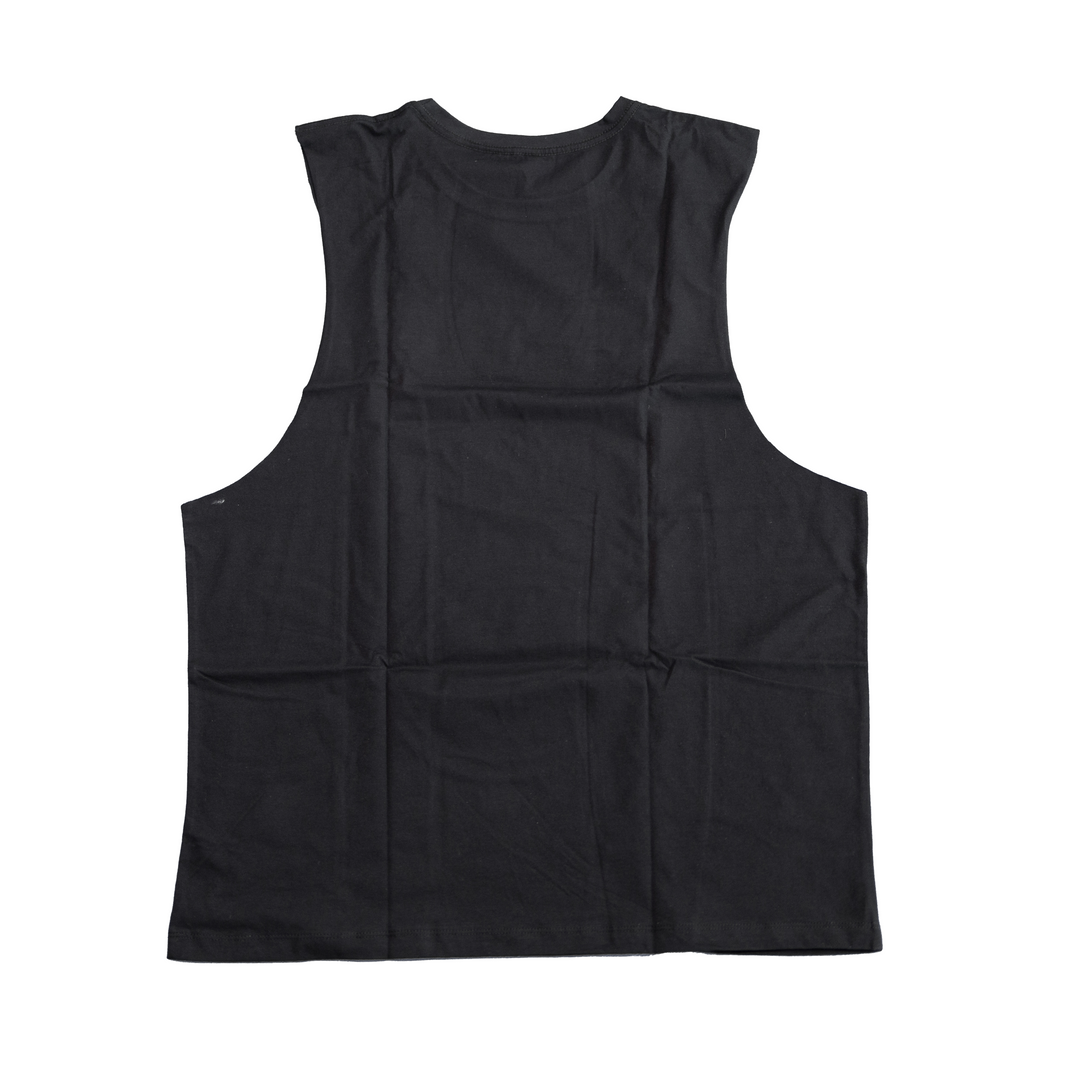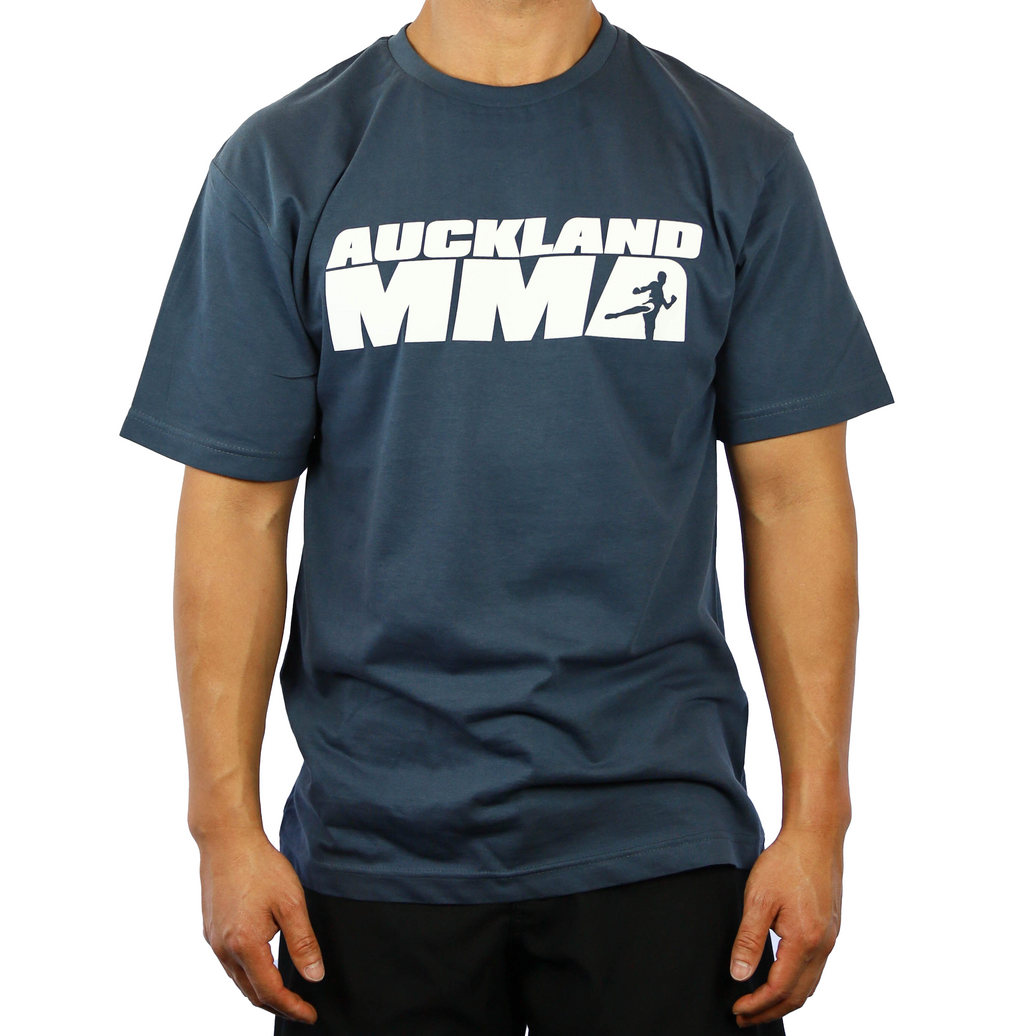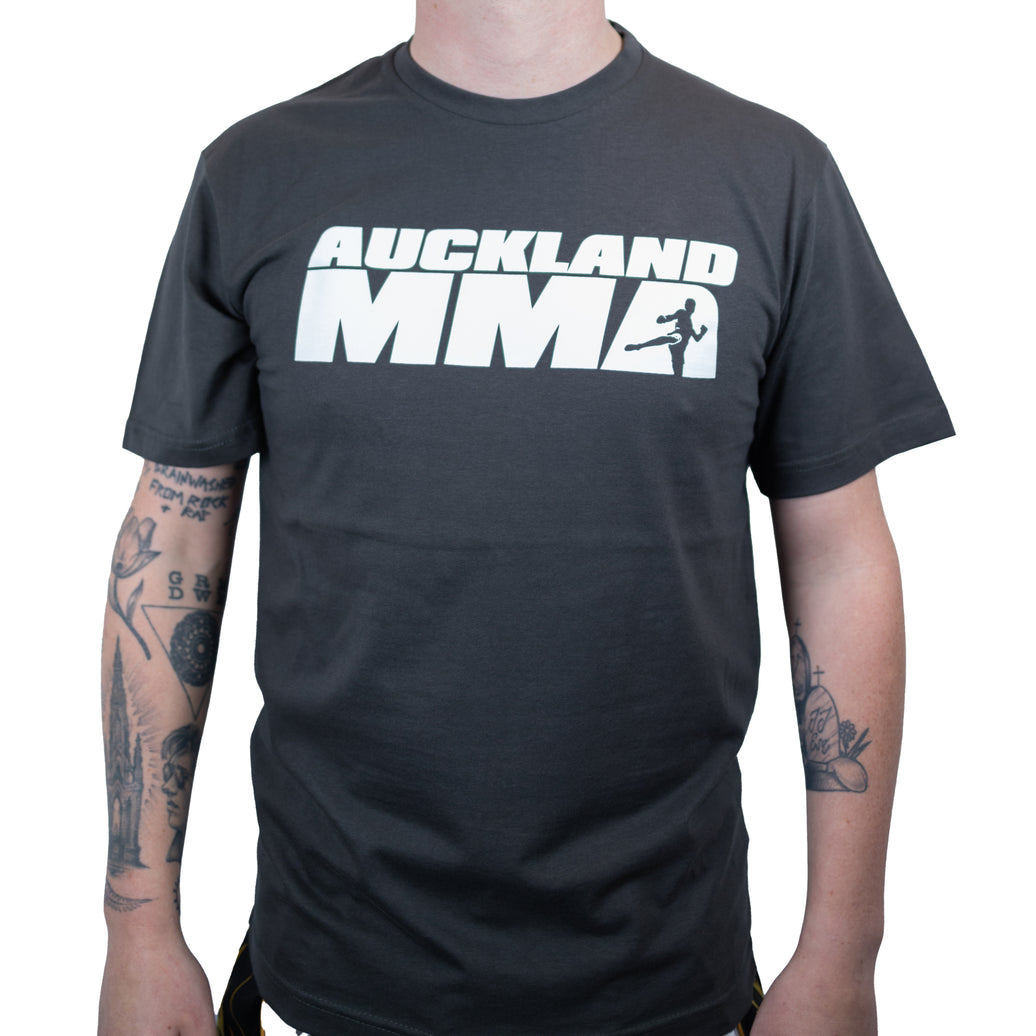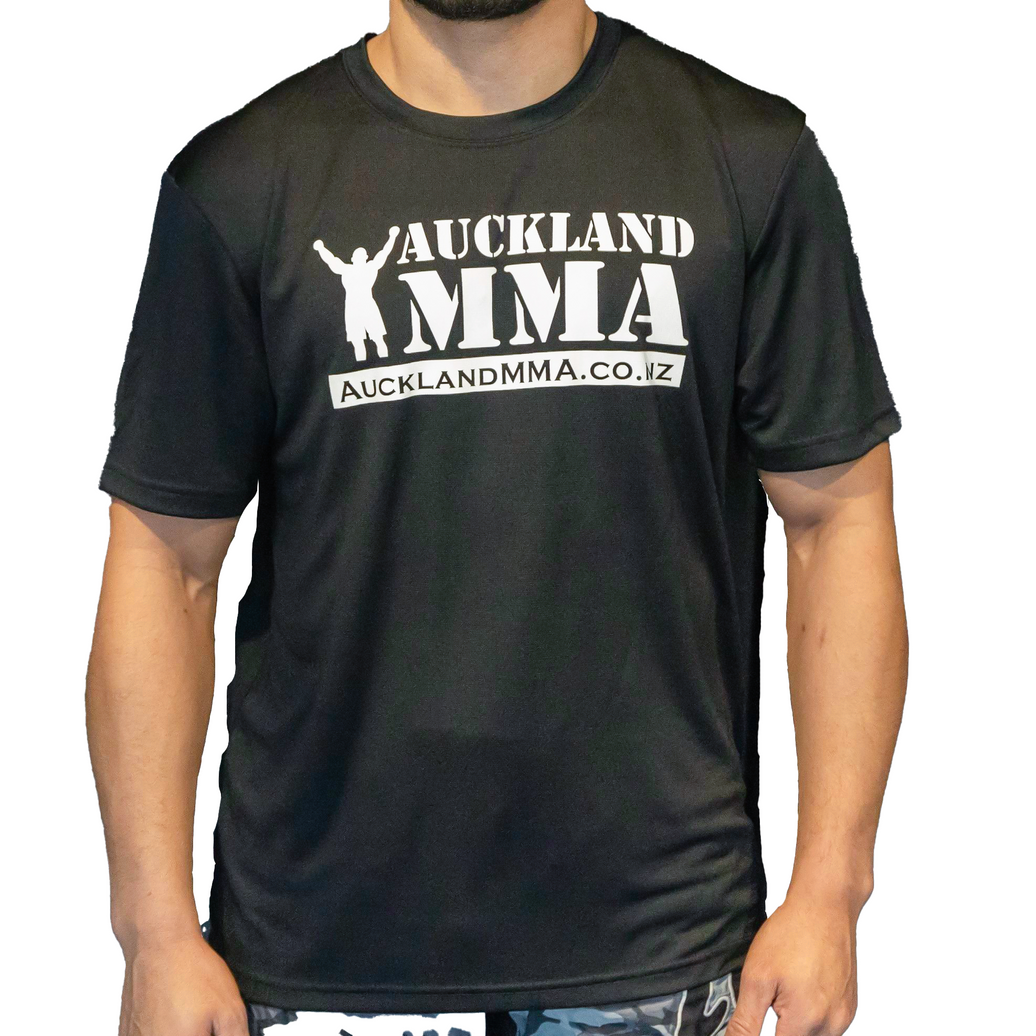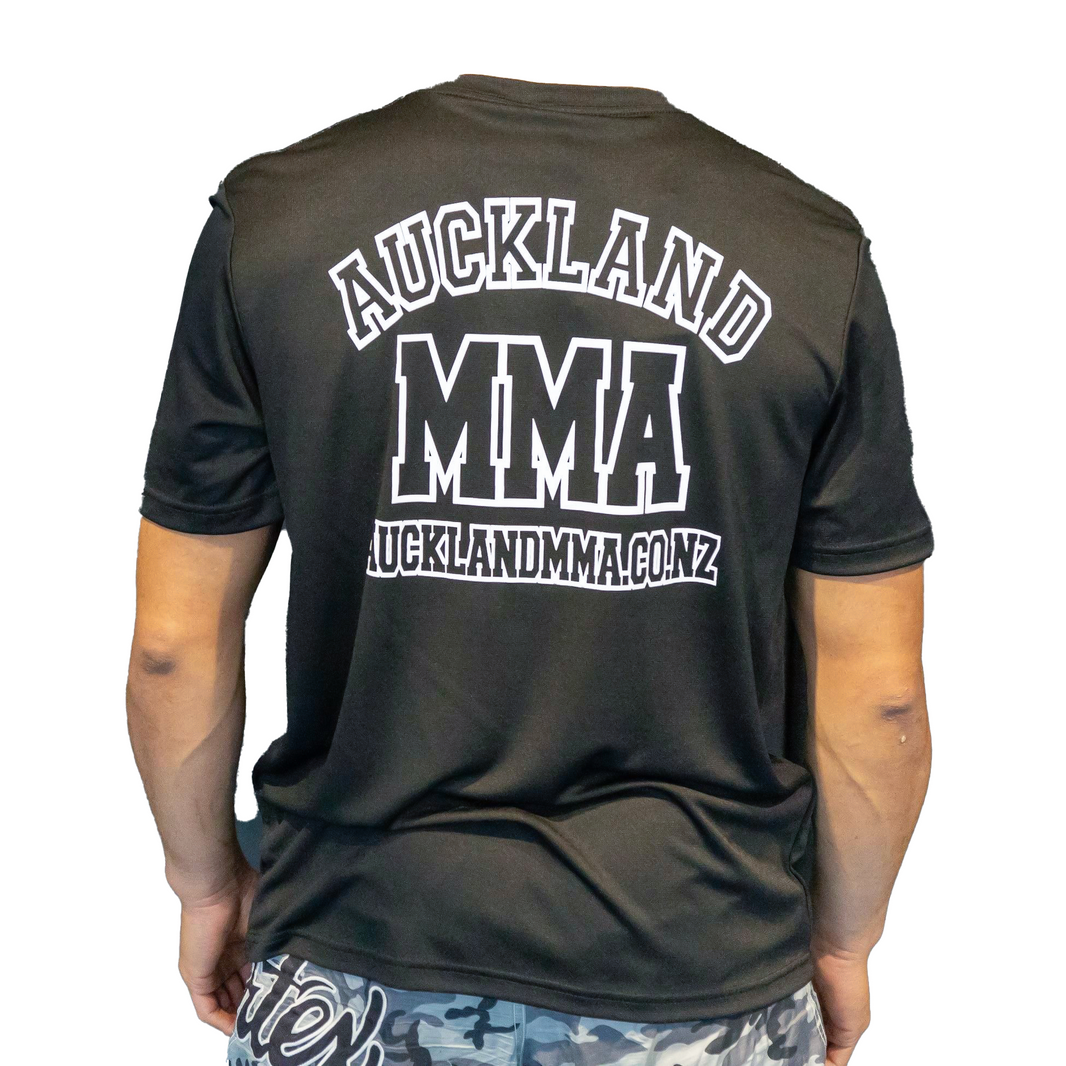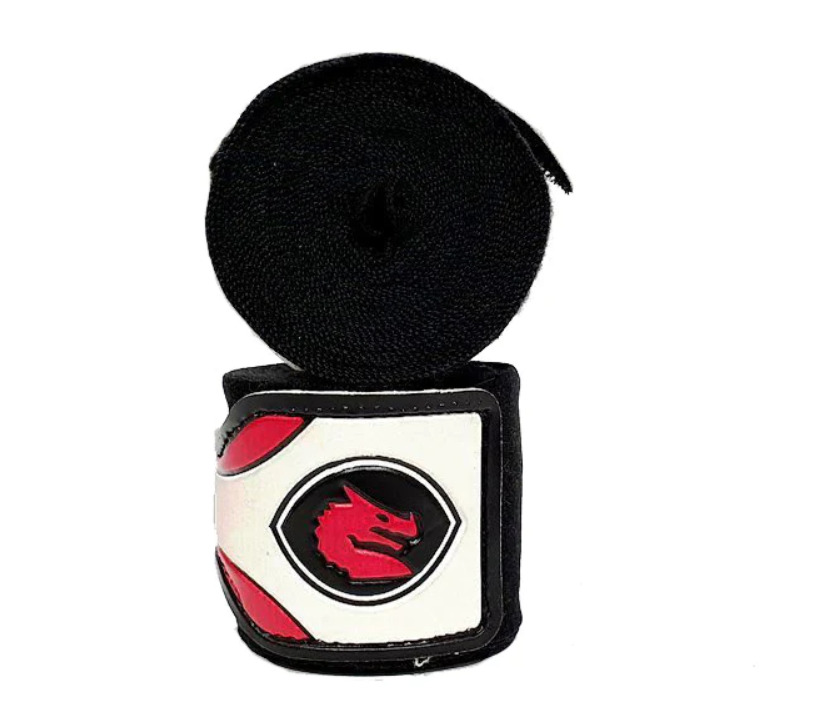Hand wrapping is a fundamental skill in MMA (Mixed Martial Arts) that every fighter, from beginners to professionals, must master. Proper hand wrapping provides essential support and protection to the hands and wrists during training and competition. In this step-by-step guide, we'll explore the art of hand wrapping for MMA, ensuring that you achieve the maximum protection and support necessary to perform at your best while safeguarding against injuries.
Why Hand Wrapping Matters
Hand wrapping serves several critical purposes for MMA fighters:
-
Stability: It stabilizes the small bones in your hand and wrist, reducing the risk of fractures or sprains during impact.
-
Compression: Hand wraps provide compression to the hand and wrist, which can help minimize swelling and support the soft tissues.
-
Knuckle Protection: Properly wrapped hands offer extra padding over the knuckles, reducing the risk of cuts or abrasions.
-
Wrist Support: It supports the wrist joint, reducing the risk of hyperextension during strikes.
Materials You'll Need
Before we dive into the wrapping process, gather the following materials:
- Hand wraps: Traditional cloth hand wraps are the most common choice, but there are also gel wraps and other variations available.
Step-by-Step Guide to Hand Wrapping for MMA
Follow these steps for proper hand wrapping:
Step 1: Preparing the Hand Wraps
- Unroll the hand wraps and find the loop at one end. Place this loop over your thumb.
Step 2: Securing the Wrist
- Start by wrapping the hand wraps around your wrist. Make sure to pull them tight without cutting off circulation. Wrap around the wrist several times, covering it fully.
Step 3: Covering the Knuckles
- After securing the wrist, bring the wraps diagonally across the back of your hand, towards the base of your fingers.
Step 4: Protecting the Thumb
- From the base of your fingers, wrap the wraps around your thumb to secure it in place.
Step 5: Knuckle Padding
- Next, wrap the wraps around your knuckles. You should make a few passes to create extra padding and protection for your knuckles.
Step 6: Support for the Hand
- Once you've covered the knuckles, bring the wraps back down towards the wrist, creating a crisscross pattern over the back of your hand.
Step 7: Wrist Support (Again)
- After forming the crisscross pattern, wrap the wraps around your wrist once more to reinforce wrist support.
Step 8: Finalizing the Wrapping
- Finish by securing the wraps around your wrist with a few more wraps, then use the Velcro or the loop on the wraps to fasten them securely.
Tips for a Successful Hand Wrap
-
Tight but Not Too Tight: Ensure that your wraps are snug, but not so tight that they cut off circulation.
-
Fingers Free: Keep your fingers open and spread apart while wrapping to allow for proper hand movement.
-
Thumb Loop: Make sure the thumb loop stays in place throughout the wrapping process to prevent unraveling.
-
Practice Makes Perfect: Hand wrapping can be a bit tricky at first, but with practice, you'll become more efficient and skilled at it.
Conclusion
Proper hand wrapping is a crucial aspect of MMA training and competition. By following this step-by-step guide, you'll ensure that your hands and wrists receive the maximum protection and support needed to perform at your best while minimizing the risk of injuries. Hand wrapping is not just a skill; it's a necessary art that every MMA fighter should master.


